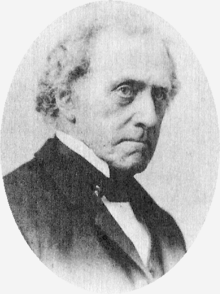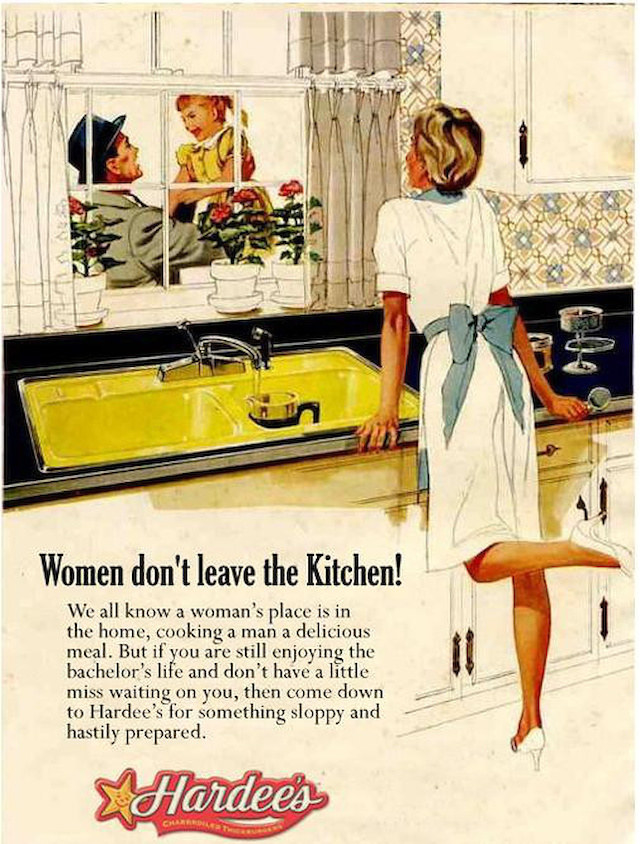1950s representation of women

Who are Proctor and Gamble?
Proctor and Gamble were American industrialists, and in 1837 became the co-founders of The Procter & Gamble Company (P&G) a multinational consumer goods corporation headquartered in Ohio, USA.
Their products ranged from beauty; Grooming; Health Care; Fabric & Home Care; and Baby, Feminine, & Family Care. Before the sale of Pringles to Kellogg's, its product portfolio also included foods, snacks, and beverages... Essentially just a jack of all trades of a company that didnt keep all it's eggs in one basket.
 |
| James Gamble |
 |
| William Proctor |
Life for a woman of the 1950s?
Coming off the threshold of the second world war as well as the Great Depression, the 1950s when generalising was a time of conformity where the majority would stick to their assigned supposed gender roles and such; This left women more often in not fully stopping work when they got married, being placed in the position of housewives while their husbands brought in the true income... In short, the expectation was they obediently cleaned their house all day, made dinner, and simply did this day-by-day. - All the while also having to give their affections off to the rest of their family. - Thus the sexist advertisements of the 1950's were born... What a time.
Similar advertisements:
 |
| - |
 |
| - |
What have they got in common?
You'll notice pretty quickly a common trend in these advertisements that they're somewhat patronizing to women, they all hold implications that not conforming will only lead to negative side-effects (I.E. being beaten by your husband, etc.) its like a threat from a smiling face.
They also for the most part star the idealised characterization of a woman of the 1950s, not a famous celebrity and the likes as an advertisement might in the current day and age. - If not starring the idealized persona, they display the opposite and all the detriments she receives for again, not conforming to the system in place.
Who were D'Arcy Masius Benton & Bowles?
This was an American based advertising agency made in 1985 after a merger between two companies, they were largely successful and still are to this day, having created the famous Coca-Cola Christmas advertisement which remains iconic to this day; They also frequented collaboration with Proctor and Gamble, doing the advertising for their vast array of products. (They produced the above Tide advertisement.) The Proctor and Gamble brand had an overall high confidence by the consumers of the time, having been well established as a household name over the duration of their company's over 100 year existence, this led to clear benefit for both groups as more people took to their advertising campaigns and such.
The 1950s saw a boom in popularity for the advertising industry with an overall raise in disposable income over this decade, predominantly, women were key to this, alongside the new innovations within technology.
DMB&B was also one of the first of the advertising agencies in the USA to take full advantage of radio advertisements alongside their standard print advertisements, this helped further branch their influence over a larger audience and asserted their brands as household names to the public. - These advertisements not unlike their print counterparts frequented the usage of that characterization of the idealised housewife as I mentioned earlier.
Mode of address:
 |
| Tide advert by DMB&B |
'No wonder you women buy more TIDE than any other washday product!' works as a secondary tagline to simply peer pressure women into purchasing the product, not purchasing tide is branded here as backing away from the standard way of living, something promoted at the time to avoid at all costs.
'Whitest' is used to promote the squeaky clean black and white ideology of the period, a colour of purity, this is also paired with the good looking outfit of the character, while she is doing chores and such. - It promotes that a women who uses Tide does so in style, she is well-dressed even when doing the most mundane chores around the house, it gives the promise that a woman who uses the it will have an all-round, better lifestyle.
Z-Line: The Z-Line, when applied, pulls the attention from the very top piece of text all the way along the advertisement's most powerful imagery and seemingly avoids a lot of the smaller text.
Action Codes: With the character of the housewife gripping around the Tide package in such a loving manner as if it is her baby, as if an embrace of sorts- This acts as the action code that implies she utterly adores the product, brought home by the little hearts soaring above her head.
The same can be said for the character's enjoyment in the usage of Tide, seen smiling joyfully next to a washing machine in the top right, shes also seen socialising in the bottom right comic strip while hanging her clean clothing, these two pieces work together to emphasise everything about the process of using Tide is simply great. - Using the washing machine? It's Great! Hanging your clothing out to dry? Meet a new friend, have a chat, and clean your clothing to please your husband all at the same time!
Mode of address: Emphasis upon the word 'CLEAN', and 'CLEANEST' - In a world where conforming and pleasing their families was their life- Why wouldn't a common women want her family to be the cleanest on the street?
A small drawing at the bottom left states the advert is endorsed by 'Good housekeeping' magazine, set in place looking like a stamp, or a seal of approval, it brands to the white heterosexual housewife audience of the magazine and works ontop of the already good popularity by the P and G company.
Comments
Post a Comment